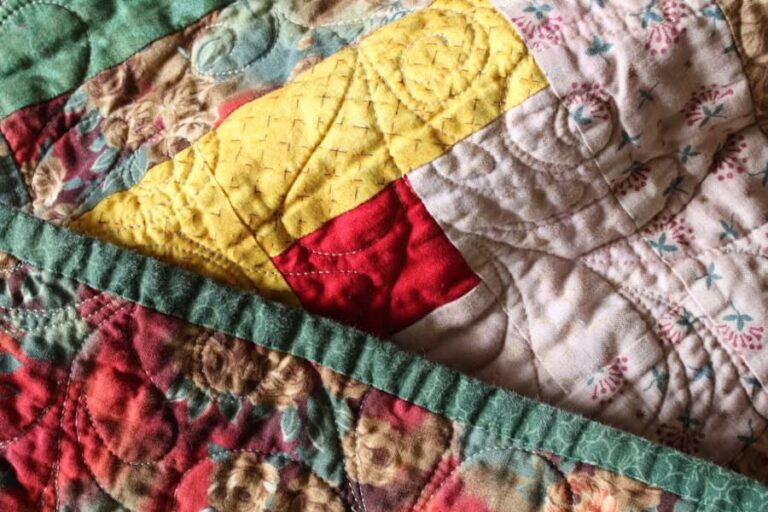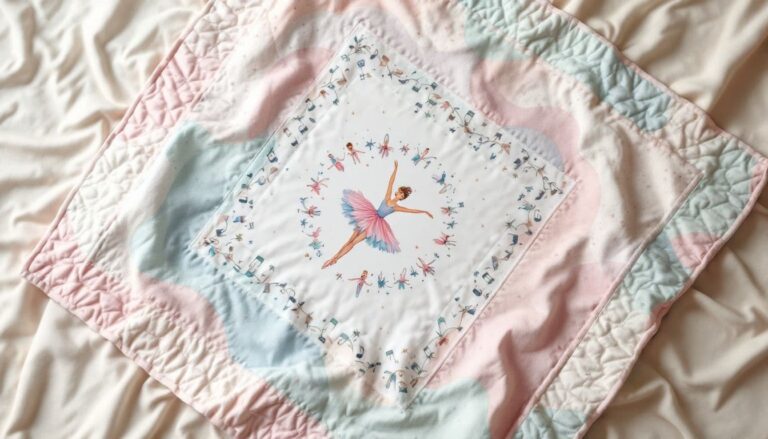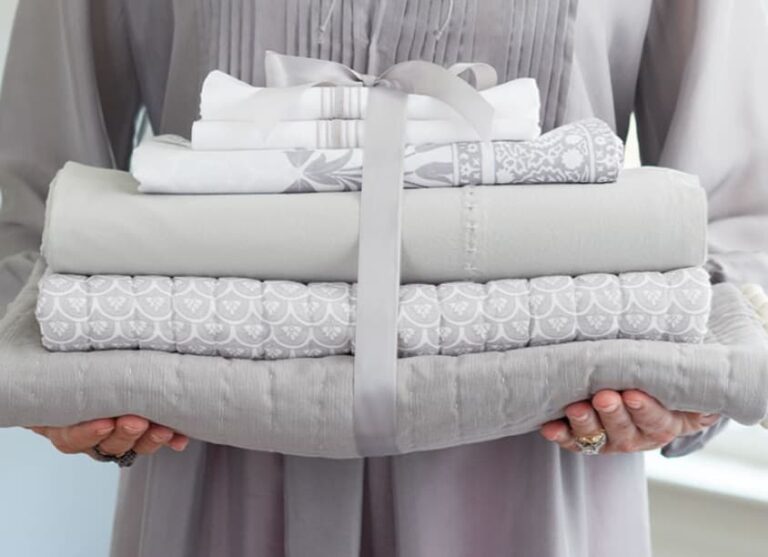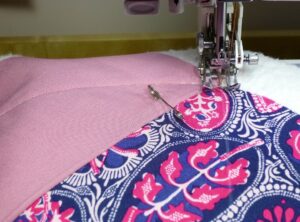Starting out in the world of quilting and patchwork can be both exciting and overwhelming. With a wide array of tools and accessories available, it’s essential to equip yourself with the right basics to make your quilting journey smooth and enjoyable. To help you get started, we’ve compiled a list of the top five must-have accessories for beginner quilters, including the essential Add A Quarter Ruler 12.
1. Rotary Cutter
A rotary cutter is an indispensable tool for any quilter. It allows you to cut through multiple layers of fabric with precision and speed, making it ideal for cutting squares, strips, and intricate shapes.
- Benefits: The rotary cutter’s sharp blade and ergonomic design reduce strain on your hands and wrists. It provides clean, straight cuts that are crucial for accurate piecing.
- Tip: Always use a self-healing cutting mat in conjunction with your rotary cutter to protect your surfaces and extend the life of your blades.
2. Quilting Rulers
Quilting rulers come in various sizes and shapes and are essential for measuring and cutting accurate fabric pieces. Among them, the Add A Quarter Ruler 12 stands out for its ability to simplify foundation paper piecing by adding a consistent seam allowance.
- Benefits: The Add-A-Quarter Ruler 12 features a special lip that helps trim excess fabric and ensures precise seam allowances, making it perfect for beginners and advanced quilters alike.
- Tip: Use a ruler with clear, easy-to-read markings for better accuracy. Rulers with non-slip grips can also help keep them in place during use.
3. Cutting Mat
A good cutting mat is a crucial accessory for protecting your work surface and ensuring accurate cuts. Self-healing mats are especially popular because they can withstand repeated cuts and minimize blade wear.
- Benefits: Cutting mats provide a grid that helps with alignment and measuring. They are designed to “heal” from cuts, keeping your blade sharp and your cuts precise.
- Tip: Choose a mat large enough to accommodate your most common cutting sizes. Rotate the mat regularly to prevent uneven wear.
4. Seam Ripper
Mistakes are a natural part of quilting, and a seam ripper is the tool you’ll reach for when you need to undo stitches. This small but essential accessory helps you correct errors without damaging your fabric.
- Benefits: A seam ripper allows for quick and precise removal of stitches, which is crucial for fixing mistakes or making adjustments to your quilt.
- Tip: Keep your seam ripper sharp and clean for best results. Use it gently to avoid cutting or fraying the fabric.
5. Fabric Marking Tools
Accurate marking is essential for precise cutting and stitching. Fabric marking tools come in various forms, including pens, pencils, and chalk. Choosing the right tool can make a significant difference in the outcome of your quilt.
- Benefits: Fabric marking tools allow you to draw lines, patterns, and measurements on your fabric. Opt for tools that are easily removable and won’t damage your fabric.
- Tip: Test your marking tool on a scrap piece of fabric before use to ensure it will wash out or fade as expected.
Additional Tips for Beginners
- Invest in a Good Sewing Machine: While not listed as one of the top five accessories, a reliable sewing machine is crucial for any quilting project. Ensure it has a walking foot or quilting foot for best results.
- Organize Your Workspace: Keep your tools and accessories organized to make your quilting process more efficient. Consider using storage solutions like bins or drawers to keep everything within reach.
Equipping yourself with the right accessories can make a significant difference in your quilting experience. By starting with essentials like a rotary cutter, quilting rulers (including the versatile Add A Quarter Ruler 12), cutting mat, seam ripper, and fabric marking tools, you’ll be well on your way to creating beautiful, precise quilts. These tools will not only help you get started but will also support your growth as a quilter, allowing you to tackle increasingly complex projects with confidence.





